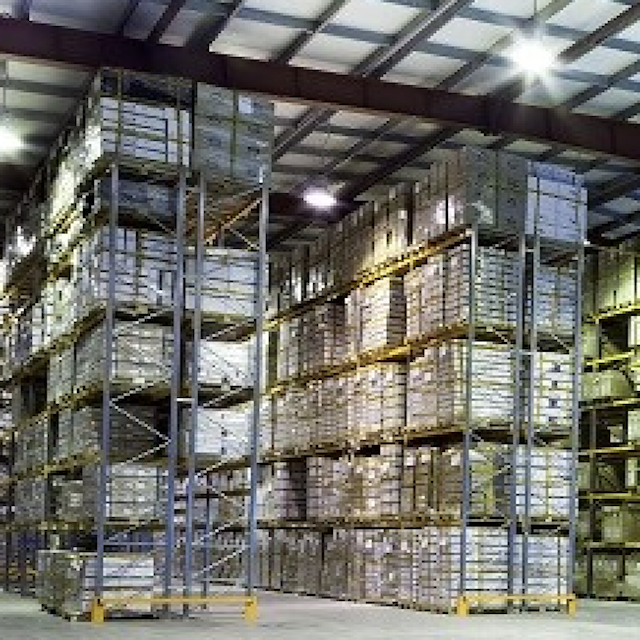Big Box Drives Industrial's Strongest Quarter Since 2023

After the industrial segment experienced a shock in the second quarter, activity improved significantly during the third quarter, according to Newmark’s Q3 Industrial Report. Net absorption reached 36 million square feet, marking a rebound, though it remains below the levels needed to return the market to equilibrium fully.
Favorable market conditions are driving new leasing as the segment posted its strongest performance since 2023, led primarily by big-box properties. National vacancy barely moved from the previous quarter, rising just six basis points to 7.5%, signaling that the market is near its peak. While a slight uptick in vacancy is expected into next year, Newmark anticipates stabilization in the second half of 2026 and a decline in 2027.
Although most markets experienced modest quarterly increases in vacancy, several are showing consistent declines. Markets with the lowest vacancy include Los Angeles (4.2%), Minneapolis (4.2%), Broward County, Florida (4.7%), St. Louis (4.8%), Detroit (4.9%), Milwaukee (4.9%), Kansas City (5.1%), Orange County, California (5.3%), Richmond (5.3%), and Salt Lake City (5.5%).
The construction pipeline contracted for the 12th consecutive quarter, now at 260 million square feet under construction, its lowest level since 2016. However, with roughly a third of markets seeing pipeline expansion, the decline appears to have plateaued, and Newmark does not expect a 13th consecutive quarter of contraction. The speculative share of development continues to drop as build-to-suit and owner-built projects increase.
Capital markets activity remains robust, with sales volume up 11% year over year, driven by transactions exceeding $100 million. Sunbelt markets and smaller deals comprise the bulk of trading.
Private capital accounts for nearly half of all acquisitions. Users are acquiring facilities at rates higher than historical averages, now representing just under 10% of total investment activity. Cap rates have remained steady in the mid-5% range over the past 12 months, a trend expected to continue into 2026.
Manufacturing construction spending remains historically high, totaling $114 billion in July 2025, nearly double the pre-pandemic five-year average. However, spending has moderated slightly this year as manufacturers navigate policies affecting new factory projects. The South leads the nation in manufacturing construction spending, with $132 billion over the past 12 months — more than the rest of the country combined. Within the South, the South Atlantic states slightly outpaced the West South Central states, accounting for $56 billion of spending.
Source: GlobeSt/ALM